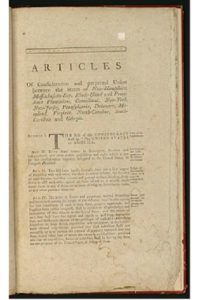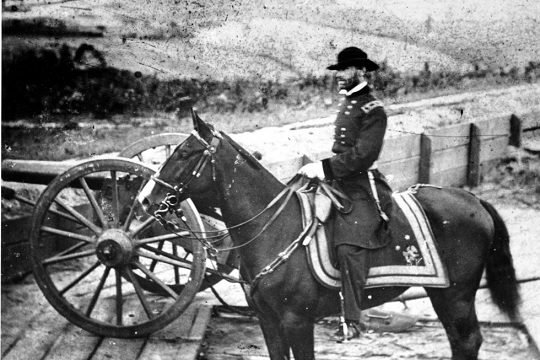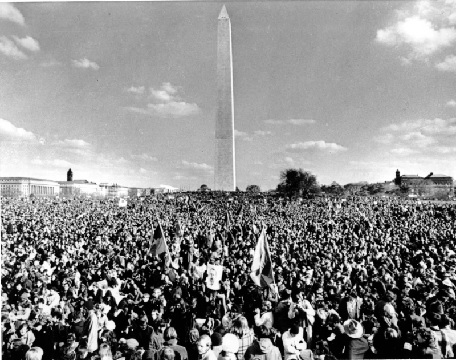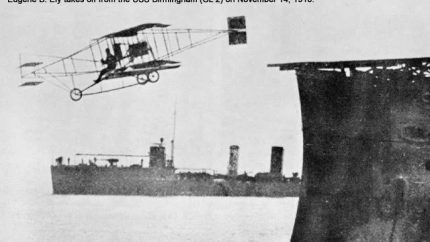
On Nov. 15, 1777, the Second Continental Congress approved the Articles of Confederation.
After months of intense deliberation, the Continental Congress reached a historic decision to adopt the Articles of Confederation and Perpetual Union. However, it would take an additional three and a half years for all thirteen states to fully ratify the agreement. The Articles of Confederation served as a vital precursor to the U.S. Constitution, laying the groundwork for the nation’s governance.
As the founders shaped the framework of a new nation, they engaged in lengthy discussions about the balance of power between a centralized government and individual states. The resulting system established a government led by a Congress and a president. Each state held equal representation in Congress, with one vote apiece. This legislative body was granted authority over foreign affairs, the maintenance of an army, and the power to declare war and peace.
Other events of November 15

In 1806, explorer Zebulon Pike sighted the mountaintop now known as Pikes Peak in present-day Colorado.
As a U.S. Army officer Pike led two expeditions through the Louisiana Purchase territory. In 1805 he was sent to reconnoiter the upper northern reaches of the Mississippi River. Almost immediately upon his return in 1806 General Wilkinson sent Pike on a second expedition to explore the southwest to the fringes of the northern Spanish-colonial settlements of New Mexico and Texas. On the second expedition, Pike sighted a mountaintop shooting up from the plains. That mountaintop would later be named Pike’s Peak.

In 1864, late in the U.S. Civil War, Union forces led by Major General William Tecumseh Sherman began their “March to the Sea.”
A week after Abraham Lincoln’s re-election as president, Union General William T. Sherman embarked on his bold campaign across Georgia. He began by setting fire to Atlanta’s industrial district and breaking away from his supply lines. Over the following six weeks, Sherman’s forces swept through the state, leaving widespread destruction in their wake. This notorious “March to the Sea” culminated in December with the capture of Savannah, Georgia, a port that was crucial to the Confederates.

In 1969, a quarter of a million protesters staged a peaceful demonstration in Washington against the Vietnam War.
The Moratorium to End the War in Vietnam was a massive demonstration and teach-in across the United States against the country’s involvement in the Vietnam War. It took place on October 15, 1969, followed a month later, on November 15, 1969, by a large Moratorium March in Washington, D.C.
Americans were incensed not only by the rising number of American soldiers killed, but also by murders and atrocities committed by the American military in Vietnam. The second moratorium was galvanized by reports of the My Lai Massacre, in which American soldiers were ordered to kill unarmed women, men, and children. This was a breaking point for many Americans. By some estimates, half a million people participated in the demonstrations in Washington, D.C.

In 1988 The Palestinian Declaration of Independence formally established the State of Palestine in the minds of Yasser Arafat and his followers. It was written by Palestinian poet Mahmoud Darwish and proclaimed by Yasser Arafat, leader of the PLO terrorist organization, in Algiers, Algeria. Arafat proceeded to set up a government in exile in Algiers.









